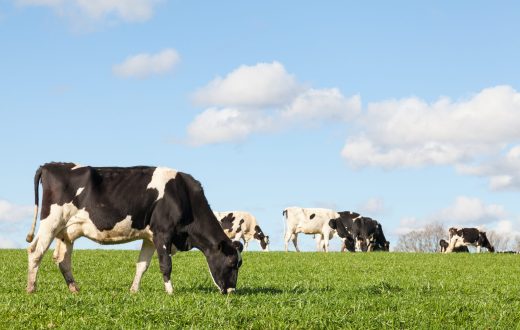Insurance Plans
The USDA RMA provides policies for more than 100 crops. Policies typically consist of general crop insurance provisions, specific crop provisions, policy endorsements and special provisions. See RMA’s county crop program listings at Home | RMA usda.gov for information about crop policies available in specific counties and states.
Policies are available for most commodities; however, some policies are being tested as pilots or have not been expanded nationwide so are not available in all areas. The Advanced AgProtection team is ready and well-equipped with the knowledge and tools to assist producers in developing a good management plan!
Actual Production History (APH) policies insure producers against yield losses due to natural causes such as drought, excessive moisture, hail, wind, frost, insects, and disease.
The actual Revenue History (ARH) plan of insurance has many parallels to the APH plan of insurance, with the primary difference being that instead of insuring historical yields, the plan insures historical revenues.
The United States currently comprises about 954 million acres of farmland. The Annual Forage pilot program provides coverage to acreage that is planted each year and used as feed and fodder by livestock.
The United States currently produces about 163 million pounds of honey each year. The following insurance programs utilize various indexing systems to assess plant growth and vigor, which correlates to honey production.
Area Risk Protection Insurance (ARPI) is an insurance plan that provides coverage based on the experience of an entire area, generally a county.
Dollar plan policies provide protection against damage due to naturally-occurring perils. Guarantees are determined based on values published on the actuarial documents (Reference Maximum Dollar Amounts), which generally represent the cost of establishing a crop.
Pasture, Rangeland, and Forages (PRF) cover approximately 55 percent of all U.S. land. Forage grows differently in different areas, so it’s important for farmers and ranchers to know which types and techniques work best for their region.
The Margin Protection (MP) plan of insurance is a privately developed product that was submitted to the FCIC Board under Section 508(h) of the Federal Crop Insurance Act.
Revenue Protection policies insure producers against yield losses due to natural causes such as drought, excessive moisture, hail, wind, frost, insects, and disease, and revenue losses caused by a change in the harvest price from the projected price.
Whole-Farm Revenue Protection (WFRP) provides a risk management safety net for all commodities on the farm under one insurance policy and is available in all counties nationwide.











